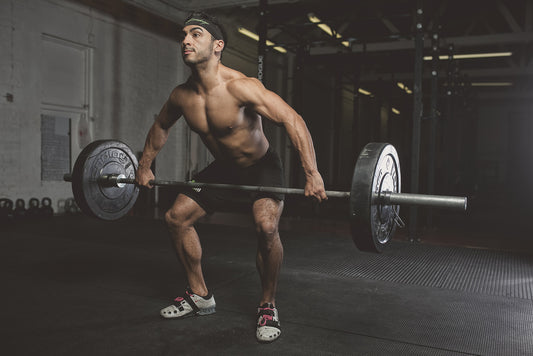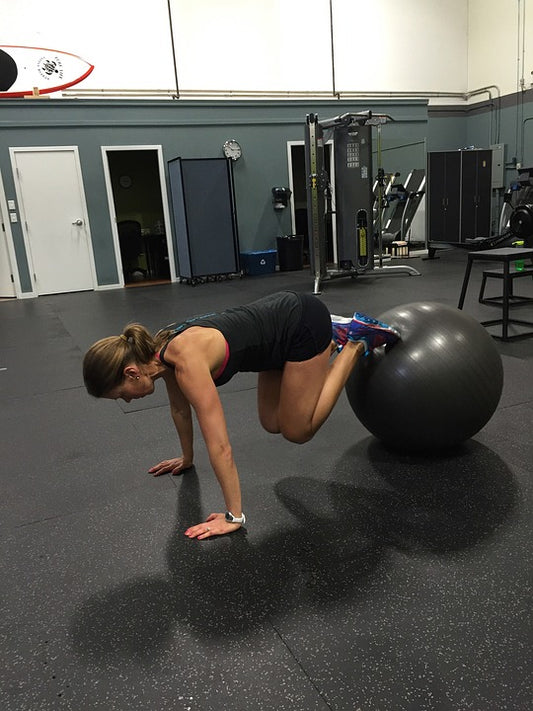CrossFit
Triceps Dips Cross Training Exercise and the Co...
In the CrossFit training niche, dips are considered to be one of the compound exercises which can be applied to triceps training. The reason why triceps are so strategic is...
Triceps Dips Cross Training Exercise and the Co...
In the CrossFit training niche, dips are considered to be one of the compound exercises which can be applied to triceps training. The reason why triceps are so strategic is...

The Guide to Power Snatch Exercise & Its Benefi...
Power snatch a unique snatch variation commonly used in Olympic weightlifting to enhance the strength of barbell, pulling speed, as well as the finishing height. Coaches in the fitness industry...
The Guide to Power Snatch Exercise & Its Benefi...
Power snatch a unique snatch variation commonly used in Olympic weightlifting to enhance the strength of barbell, pulling speed, as well as the finishing height. Coaches in the fitness industry...
Sumo Deadlifts and Their Benefits in Cross Trai...
Deadlifting is a CrossFit workout that has been praised for producing strong people. However, in the deadlifting world, there are constant debates between sumo pullers and conventional style fanatics each...
Sumo Deadlifts and Their Benefits in Cross Trai...
Deadlifting is a CrossFit workout that has been praised for producing strong people. However, in the deadlifting world, there are constant debates between sumo pullers and conventional style fanatics each...

Common Mistakes Athletes Make When Going Paleo ...
Conventional wisdom has it that missing the early morning CrossFit workout class, is the common mistake athletes make when going paleo. However, it is worth noting that paleo is a...
Common Mistakes Athletes Make When Going Paleo ...
Conventional wisdom has it that missing the early morning CrossFit workout class, is the common mistake athletes make when going paleo. However, it is worth noting that paleo is a...

Cross Training Workout: 4 Amazing Benefits of T...
Not everyone has time at their disposal, and this means for optimal results, you have to work within your limited time to get the most out of it. This is...
Cross Training Workout: 4 Amazing Benefits of T...
Not everyone has time at their disposal, and this means for optimal results, you have to work within your limited time to get the most out of it. This is...
Walking Lunges Cross Training Workout and Their...
Have you ever thought how you could gain a perfect fit body without lifting heavy weights? Well, there are lots of exercises that can assure you of an overall fitness...
Walking Lunges Cross Training Workout and Their...
Have you ever thought how you could gain a perfect fit body without lifting heavy weights? Well, there are lots of exercises that can assure you of an overall fitness...

